On the 6th September - 35 days ago I set the broody frizzle hen on 11 Guinea fowl eggs.To be honest I wasn't expecting them to be fertile as they were from a young trio of birds belonging to the lad next door.However when I candled them at 10 days 9 of the 11 were fertile.
The broody hen is an experienced sitter and an excellent mother.She takes her job very seriously, getting off just once a day to have a little wander around, then straight back to her sitting duty.
Six days before the due hatching date - 28 days for Guineas, I candled the eggs again and removed 2 which had stopped developing.
Well October 4th, hatch day came and went - nothing. Not too unusual so I waited. Three days past not a pip, so I candled the eggs once more, all looked good, so I popped them back under the hen.Still nothing.
Day 33 and not so much as a peep.I was beginning to get concerned for the hen, she had been sitting for quite sometime and I was afraid she would loose condition.Despite not liking to keep interfering I decided to check the eggs once more before giving up hope. Instead of candling the eggs again I decided to do the water test - checking there was no cracks in the egg so as not to drown the chicks inside I dropped the eggs into a bowl of warm water. Initially the eggs spin, they then stop, if the chick inside the egg is still alive the egg will start to jerk, all but one moved, so back under the hen they went.
This morning when I checked on the hen, a small Guinea keet popped it's head out from under her.Just the one, no more as yet. but there's still hope.
I'm not sure why they took quite so long to hatch but I'm so pleased the hen will have at least one chick to mother after her dedication and patience.
The broody hen is an experienced sitter and an excellent mother.She takes her job very seriously, getting off just once a day to have a little wander around, then straight back to her sitting duty.
Six days before the due hatching date - 28 days for Guineas, I candled the eggs again and removed 2 which had stopped developing.
Well October 4th, hatch day came and went - nothing. Not too unusual so I waited. Three days past not a pip, so I candled the eggs once more, all looked good, so I popped them back under the hen.Still nothing.
Day 33 and not so much as a peep.I was beginning to get concerned for the hen, she had been sitting for quite sometime and I was afraid she would loose condition.Despite not liking to keep interfering I decided to check the eggs once more before giving up hope. Instead of candling the eggs again I decided to do the water test - checking there was no cracks in the egg so as not to drown the chicks inside I dropped the eggs into a bowl of warm water. Initially the eggs spin, they then stop, if the chick inside the egg is still alive the egg will start to jerk, all but one moved, so back under the hen they went.
This morning when I checked on the hen, a small Guinea keet popped it's head out from under her.Just the one, no more as yet. but there's still hope.
I'm not sure why they took quite so long to hatch but I'm so pleased the hen will have at least one chick to mother after her dedication and patience.
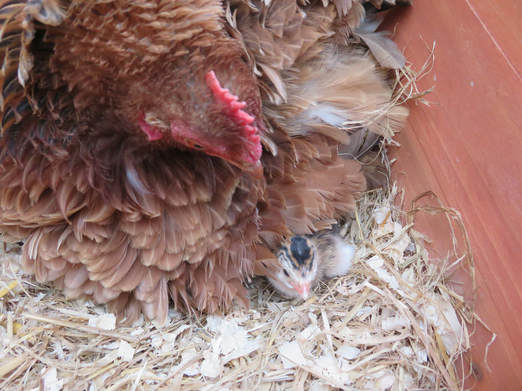
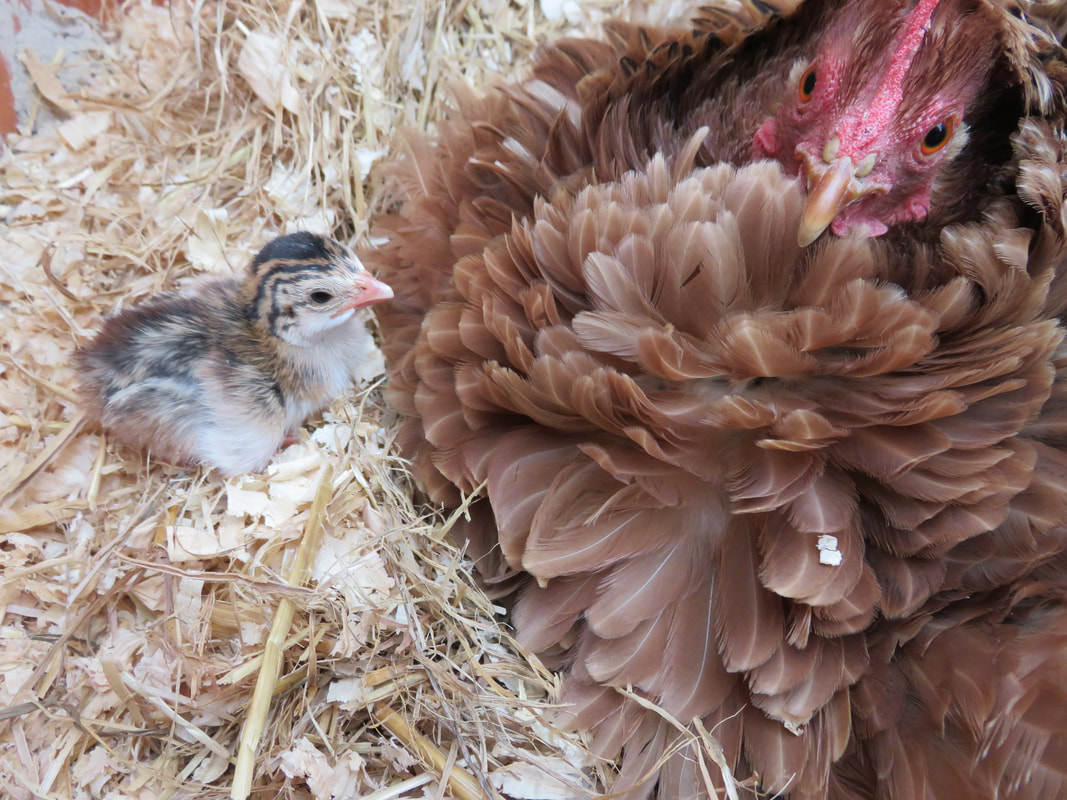
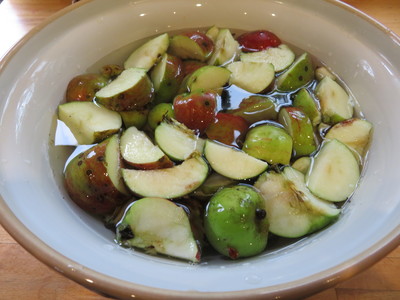
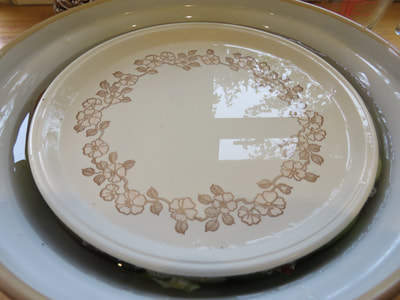
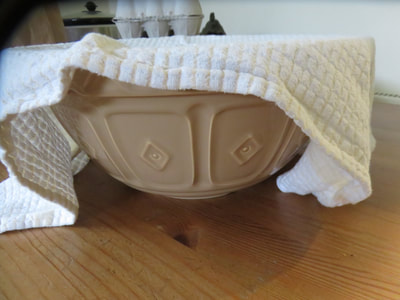
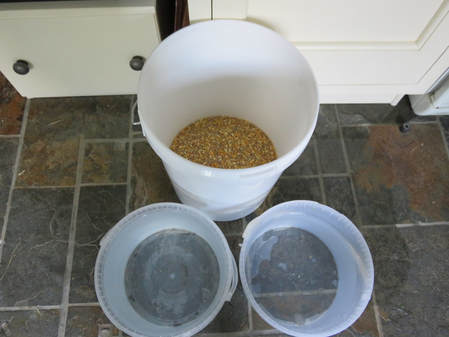
 RSS Feed
RSS Feed
